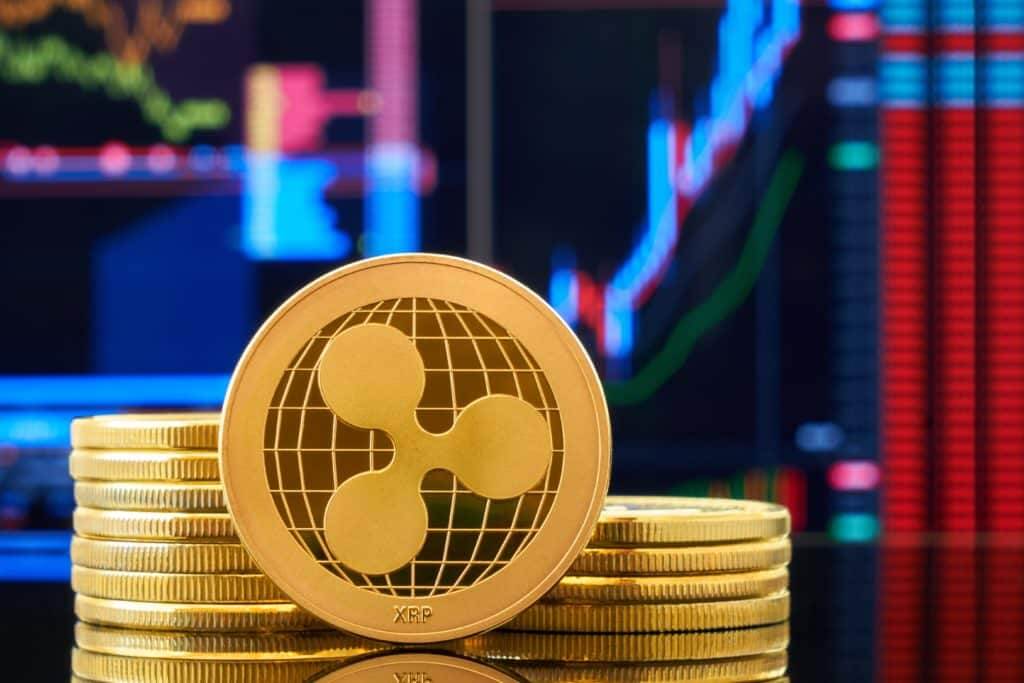Ripple’s Bold Entry into the $150B Stablecoin Arena
Quick Look
Ripple plans to launch a USD-backed stablecoin to tap into the $150 billion stablecoin market.
Aiming for transparency, Ripple’s stablecoin presents a strong alternative to Tether, potentially shifting user preferences.
The stablecoin will complement XRP, broadening its use cases and attracting more network activity.
Ripple’s stablecoin initiative seeks to merge fiat reliability with crypto’s innovation.
Stablecoins have rapidly ascended to prominence in the cryptocurrency world, tethering the digital excitement of crypto assets with the steadfast reliability of traditional currencies like the US dollar. In an intriguing development, Ripple, the powerhouse behind the XRPL, has unveiled plans to launch its own USD-backed stablecoin. This strategic expansion underscores Ripple’s ambition and sets the stage for a significant shakeup in the stablecoin ecosystem. With the stablecoin market burgeoning to a colossal $150 billion, Ripple’s timely foray into this domain showcases a meticulously calculated ambition to capture a substantial market share and foster an influx of users and liquidity to the XRPL.
Will Tether Be Upstaged?
Tether (USDT), the colossus in the stablecoin domain, has recently fortified its dominance. It did this with a staggering $1 billion injection, thereby cementing its position at the zenith of the stablecoin hierarchy. However, Ripple’s entry with its own stablecoin heralds a compelling alternative. This alternative is distinguished by heightened transparency—a stark contrast to Tether’s embroiled controversies.
This nuance positions Ripple’s stablecoin as a formidable contender. Moreover, it signals a potential shift in preference among users who seek reliability and clarity in their digital transactions.
Synergy Between XRP and Ripple’s Stablecoin
Amidst speculative waves concerning the potential impact of Ripple’s stablecoin on XRP, the native token of the XRPL, insights from industry experts suggest a symbiotic relationship. Firstly, the introduction of a stablecoin will broaden the horizon for XRP. Additionally, it will enhance its appeal and utility across a wider user base and invigorate network activity. Furthermore, this strategic addition promises to complement the existing ecosystem. It leverages the unique advantages of stablecoins to bridge the realms of traditional and decentralized finance (DeFi). Consequently, Ripple’s stablecoin should reinforce the utility and appeal of XRP.
In the broader perspective, stablecoins represent a frontier in the crypto landscape. They amalgamate the reliability of fiat currencies with the innovation and flexibility of digital assets. Furthermore, they have carved a niche in enabling secure, efficient trade and providing liquidity for currency hedging. Additionally, they act as a safeguard against market tumult.
Beyond these functionalities, stablecoins are increasingly recognized for their role in international remittances. Consequently, Ripple’s venture into the stablecoin market is not merely an expansion. Instead, it is a strategic move to fortify its position as a vanguard in the realm of cross-border payments, custody, crypto liquidity, and the burgeoning sphere of central bank digital currencies (CBDCs).
As the cryptocurrency arena continues to evolve, Ripple’s USD-backed stablecoin stands as a testament to the fusion of innovation and stability. Thus, it heralds a new chapter in the digital finance narrative.
The post Ripple’s Bold Entry into the $150B Stablecoin Arena appeared first on FinanceBrokerage.






























